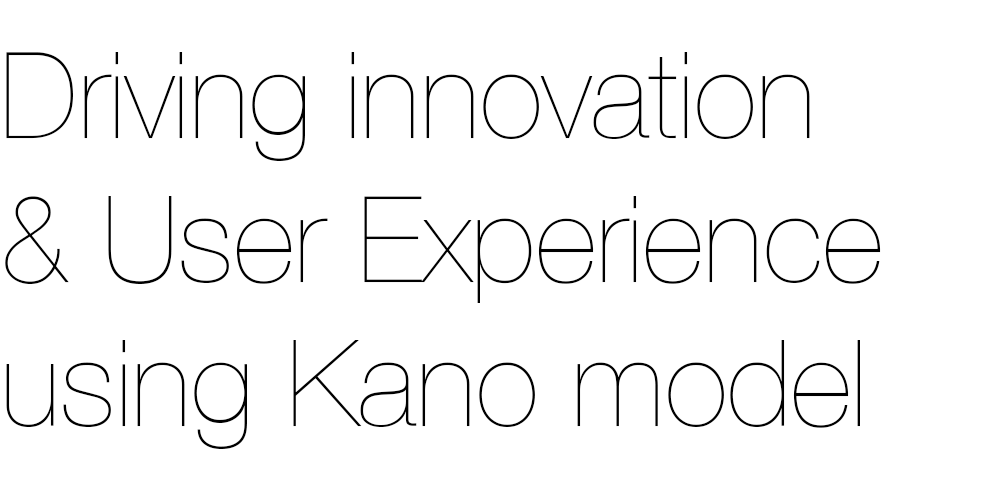
How often are you asked to jump straight into design without doing any research? Well, it happens to me quite often. Reason – lack of time or budget.
No matter how tight the budget or timeline is, I always recommend to do some research beforehand. And if “how to do it in a cheap and efficient way?” your question, then here is how:
I stumbled upon Kano model in my MBA book – an incredible technique used by many businesses to discover, classify and integrate consumer needs into the products and services they offer. Since then I’ve used and abused this model for various projects while working for agencies. I’m not going to cite examples from any of the projects, but explain how this model works.
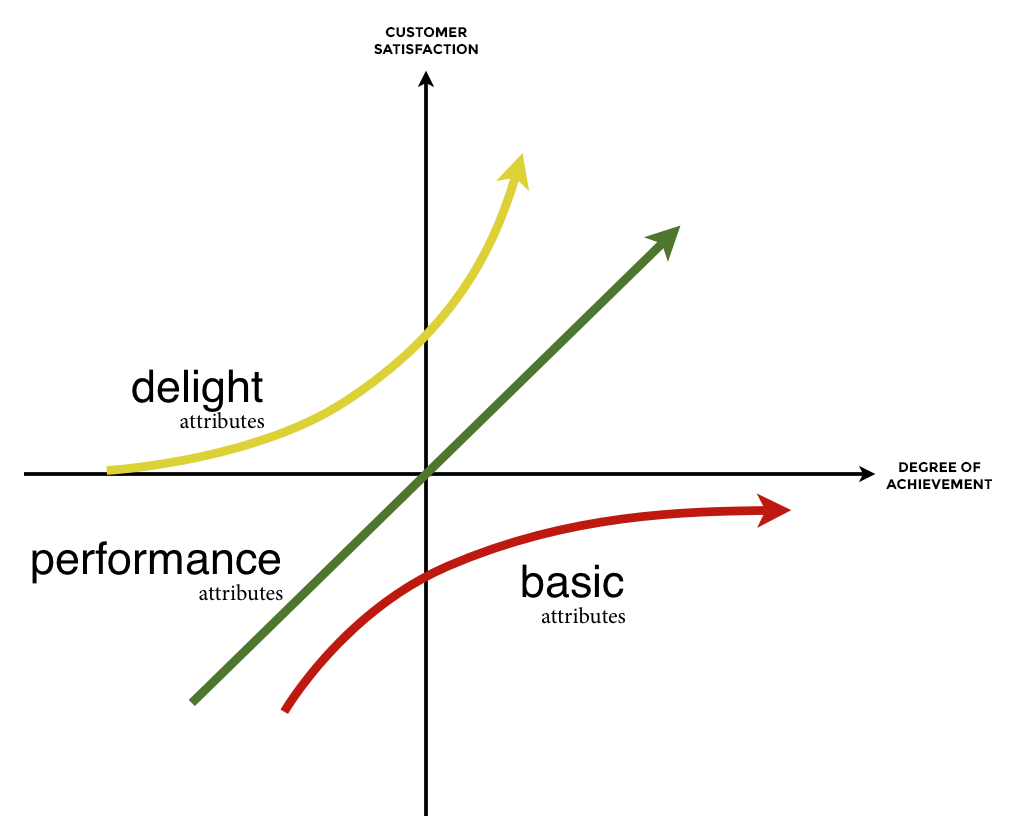
Kano model in User Experience
An effective way of connecting the dots between businesses and consumers, is by understanding their ever increasing needs and market study. Kano model can be used:
- To understand current market needs
- To analyse competitors’ offerings
- To drive innovation and product strategy
- To prioritise urgent requirements
This model classifies 3 types of needs that influence decision making and customer satisfaction.
1. Performance needs
Performance needs can either satisfy or dissatisfy a consumer depending on how well they are executed. These needs are consciously evaluated by the consumer and helps them to decide what to buy. If the organisation invests poorly in a product, consumers will be dissatisfied and not buy it.
For example, let’s take the battery life of a cell phone. If the battery life is 3 hours – consumer is dissatisfied, battery life is 5 hours – neutral, and if battery life is 7 hours – consumer is satisfied.
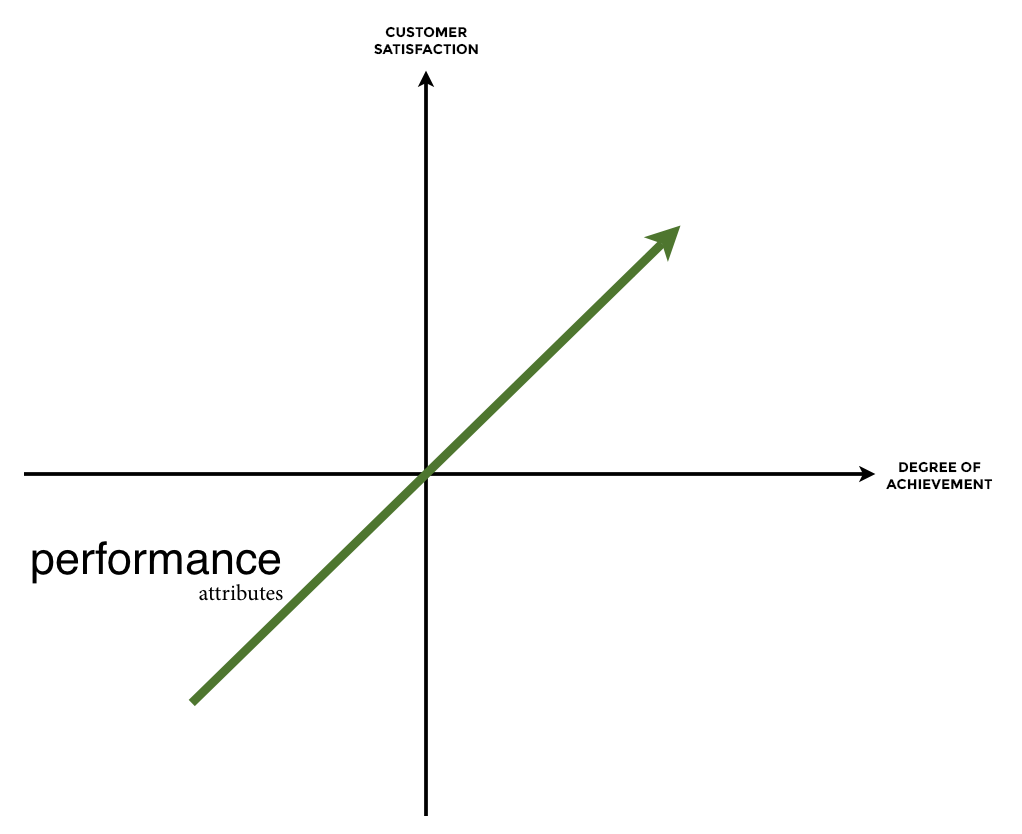
2. Basic needs
These needs are what a consumer considers as standard – taken for granted. Unless violated, no conscious thought is given. Their presence don’t add to the consumer’s satisfaction, however their absence causes extreme dissatisfaction.
For example – Restrooms in a shopping centre – It is usually taken for granted that there would a restroom somewhere in the shopping centre. While the presence of a restroom may not increase your satisfaction level, the absence would make you extremely dissatisfied.
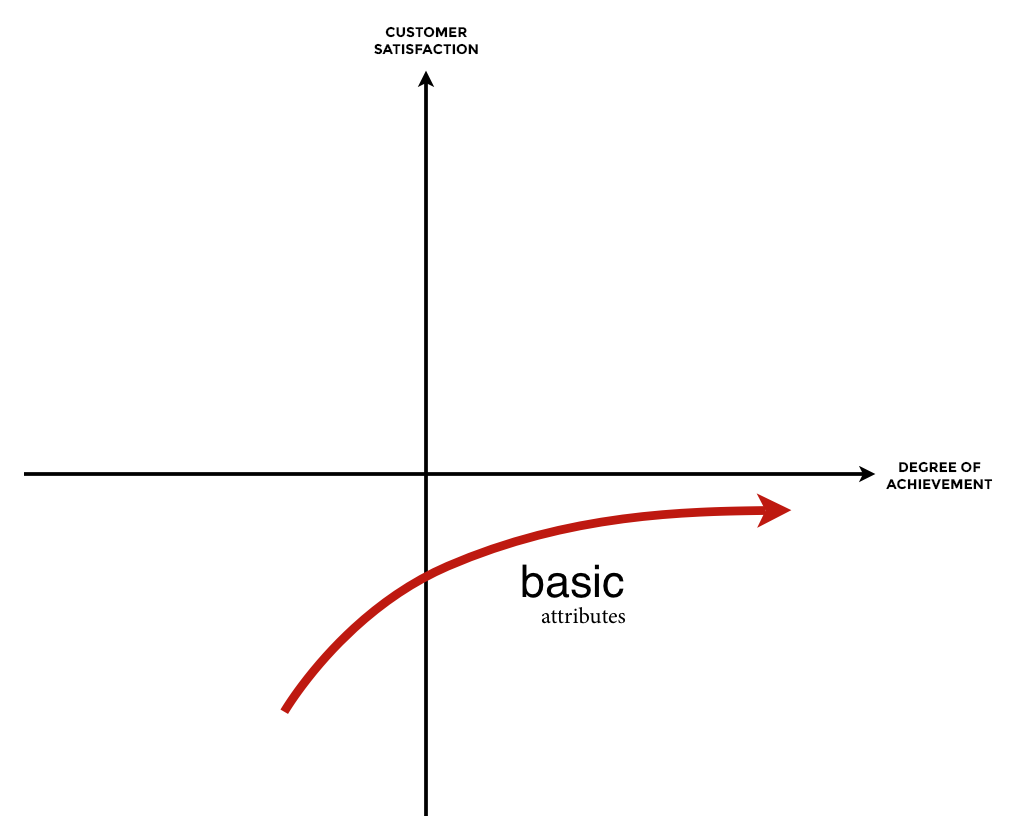
3. Delighter/Excitement needs
These needs are often called USPs (Unique selling propositions) or UVPs and are the ‘wow’ factors that differentiate one business from another. These are the type of needs a consumer doesn’t realise they want until they experience it. The presence of these needs excites the consumer, though the absence has no effect whatsoever – because they never expected it in the first place.
For example – Free lunch at hotels. Although a free lunch is not expected while staying at a hotel, it can be a game-changer. The consumer will not only be delighted with the experience, he will become an advocate.

These delighters play at an emotional level and is proven highly effective in attaining consumer satisfaction.
Over time
It has been observed that over time the consumer satisfaction level shifts from delighters to performance needs, and then to basic needs. For example – today high speed internet has become a basic/standard need in hotels, whereas a few years ago it used to be a delighter.

Action Plan: How to use Kano?
What’s next? Here is the action plan to get the Kano model working for you.
Step 1 : Make a list of Basic, Performance and Exciter needs for your business
You can use various research methodologies to collate this list. Some of the examples are Customer Feedback, Competitor Analysis, Market Study and Pain-storming (Brainstorming the pain points). This data will provide you a clear vision of your priorities and help drive innovation.
Step 2 : Survey consumers on each classification
Depending on your budget, select a representative panel of users. Generally 8-10 users are adequate. Survey them through a series of both functional and dysfunctional questions (this is very important). I’ve mostly seen functional questions being asked in all user testing sessions. To better understand a consumer’s decision-making-process ask them a dysfunctional question (example below) and record their responses.
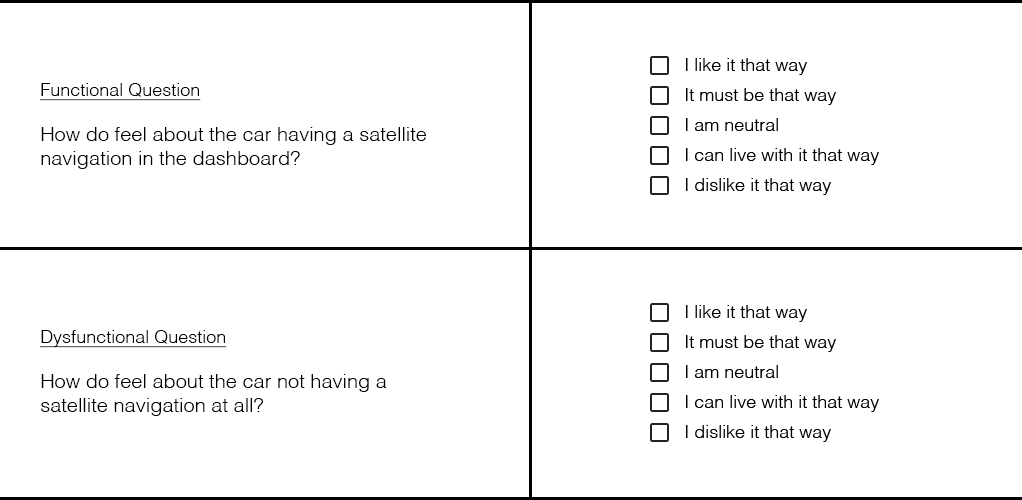
Step 3 : Analyse responses to determine consumer needs
Analyse responses for each classification. The responses will fall in 6 possible categories (see below). This data will help in understanding the consumer’s needs better than they understand it themselves.
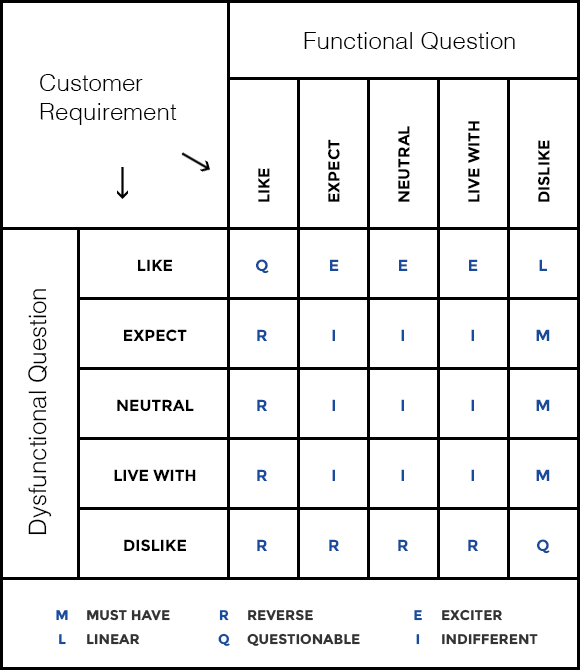
Step 4 : Communicate change & evaluate
Now you should have a list of what your consumers really love and hate about your product. This is when product development ideas should be communicated to the appropriate stakeholders. Remember that every UX process needs constant evaluation and improvement. Today’s innovation will be tomorrow’s basic need.
Share your thoughts with me
Do you have specific models or principles you follow when considering consumer satisfaction? What are they? Share your techniques with me.
